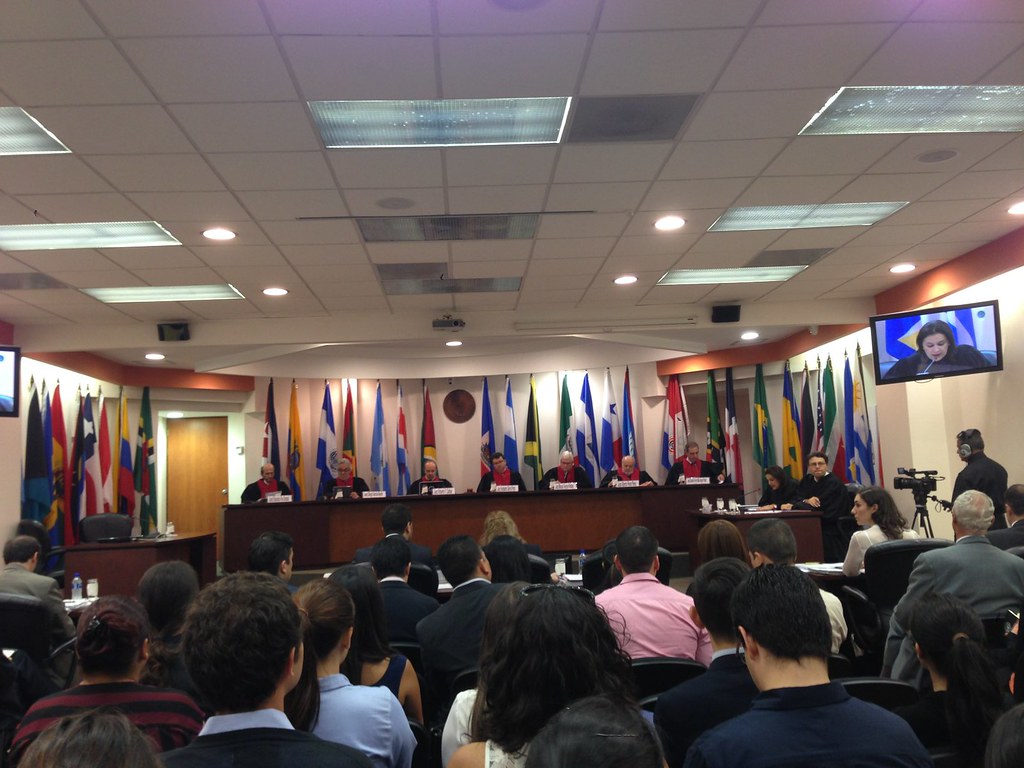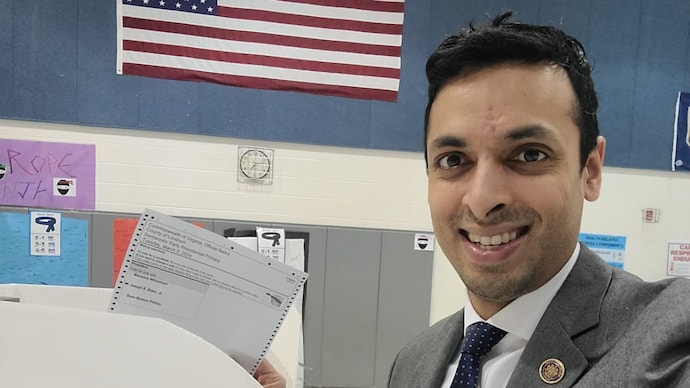US Acquires Anti-China Missile Network Along First Island Chain
Since the Intermediate-Range Nuclear Forces Treaty expired in 2019, the United States has developed Medium-Range Missile (MRM) capability.
On April 3, 2024, Gen. Charles Flynn, U.S. Army Pacific commanding general, told the Japanese media at the U.S. Embassy in Tokyo that the U.S. Army planned to deploy a new MRM launcher in the Asia-Pacific region by the end of this year that could act as a deterrent against China. He didn’t disclose the name of the missile launching system or where and when the U.S. would deploy it. However, the Asahi Shimbun reported that a U.S. government source said the system would likely be based in Guam and temporarily transferred to Japan for training.
In January 2023, the Yomiuri Shimbun reported that Washington postponed deploying the ground-launched MRM in Japan. On April 22, 2024, the U.S. Army announced sending an MRM system to the Philippines. It came amid a series of U.S.-Philippines military exercises and was the first-ever deployment of the MRM system, also known as the Typhon system, to the Indo-Pacific theater. The U.S. Army didn’t say how long the Typhon system would remain in the Philippines.
As of this writing, the whole picture of the U.S. MRM system deployment is unknown. However, an investment plan the U.S. Indo-Pacific Command submitted to Congress in 2021 featured “highly survivable, precision-strike networks along the first island chain” as a central element. And now, the plan has reached the stage of realization at no extra cost.

First, the Japanese government is deploying missile troops, a base, and a surveillance force to the Nansei islands, which are on the first island chain and extend from southwestern Kyushu to northern Taiwan. Such military installations are in north order, on Mage Island, Amami Island, the main island of Okinawa, Miyako Island, Ishigaki Island, and Yonaguni Island.

Second, Japan is developing and purchasing longer-range missiles.
Tokyo has already signed a contract with the U.S. to buy 400 Tomahawk cruise missiles with a range of 1,600 kilometers. Also, Japan is developing standoff missiles, which can attack from a distance sufficient to allow attacking personnel to evade the weapon’s effect or defensive fire from the target area. Japan aims to develop missile capabilities that can be launched from vehicles, ships, fighter aircraft, and submarines to adversary’s ships and ground-surface objectives. Its range will reach a maximum of 3,000 kilometers.
Third, the National Security Strategy of Japan, published in December 2022, approves Japan’s counterstrike capabilities.
Counterstrike capabilities mean the capability to attack the adversary’s bases. The document states that the Japanese Self-Defense Forces (JSDF) leverages standoff defense and other capabilities. “In cases where an armed attack against Japan has occurred, and as part of that attack, ballistic missiles and other means have been used, and counterstrike capabilities enable Japan to mount effective counterstrikes against the opponent’s territory. Counterstrikes are done as a minimum necessary measure for self defense and in accordance with the Three New Conditions for Use of Force.”
The Three New Conditions for Use of Force were established in 2014, which are:
- When an armed attack against Japan or against a foreign country that is in a close relationship with Japan occurs and, as a result, threatens Japan’s survival and poses a clear danger to fundamentally overturn people’s right to life, liberty, and pursuit of happiness.
- When no other appropriate means are available to repel the attack, ensure Japan’s survival, and protect its people.
- Use of force is limited to the minimum extent necessary.
Article 9 of the Constitution of Japan prohibits using military force without an attack on Japan. However, in 2014, the Shinzo Abe administration changed the interpretation of the Constitution and approved exercising the right of collective defense. According to the examples the government submitted to the ruling party conference before the change was decided, JSDF would defend attacked U.S. warships, intercept ballistic missiles heading to the U.S., support U.S. warships operating near Japan when the U.S. mainland is under attack, and so on.
Fourth, the U.S. has the right to command JSDF.
On April 10, 2024, U.S. President Joe Biden and Japanese Prime Minister Fumio Kishida issued a joint statement stating “our intention to bilaterally upgrade our respective command and control frameworks to enable seamless integration of operations and capabilities and allow for greater interoperability and planning between U.S. and Japanese forces in peacetime and during contingencies.” In 2015, the Alliance Coordination Mechanism was set up so that the U.S. and Japanese forces could cooperate closely.
In addition, there was a secret agreement. On July 23, 1952, U.S. Ambassador to Japan Robert Murphy, U.S. Far East Commander in Chief Mark Clark, and Japanese Prime Minister Shigeru Yoshida agreed that a single commander was indispensable in an emergency and that the U.S. should appoint the person. Yoshida asked that this agreement be kept secret because it would significantly impact the Japanese public.
To sum up, Japan is deploying Medium-Range missiles to the Nansei Islands to attack the adversary’s bases in order to defend the U.S., and the U.S. will command the Japanese forces.
If a war occurs in East Asia and Japan plays such a role, China will attack missile bases in Japan, especially the Nansei Islands, first of all. However, the U.S. probably takes the sacrifice for granted.
Professor Toshi Yoshihara and James R. Holmes at the Naval War College published a paper in 2012 titled Asymmetric Warfare, American Style. In it, they insisted that “Let’s just say it: AirSea Battle in East Asia is about China” and that “if the United States places enough importance on its political and strategic goals in Asia to contemplate a fight there, it should […] match its commitment with deeds.”
They made preliminary remarks, “In the best case from Washington’s standpoint, Beijing might desist from ever attempting to upend the U.S.-led order in the region.” They simulated a contingency over Taiwan that “PLA naval forces must pass through the narrow seas separating the Ryukyus in order to menace Taiwan’s vulnerable east coast and threaten U.S. forces converging on the combat theater” and described the Nansei Islands as “tiny, seemingly insignificant, Japanese-held islands could thus leap to the foreground of a cross-strait conflagration.”
They estimated the result of the attempt to eliminate Japanese deployment of missiles on the Nansei Islands, “A suppression campaign involving air power and ballistic- and cruise-missile strikes would accelerate the rate at which the PLA exhausted finite stocks of munitions, airframes, and airmen” and “Abundant, survivable, inexpensive weaponry could coax China into exhausting expensive and scarce offensive weapons for meager territorial gain and uncertain prospects of a breakthrough into Pacific waters.”
The U.S. is carrying out the plan as the paper suggested 12 years ago and will sacrifice the Nansei Islands to compete with China.
Some locals are aware that they will be in great danger, so they have been opposing the deployment of the missiles. Still, the mayors of the local towns approved the plan, and Tokyo put it into practice, boasting that “strengthening defenses on the Nansei Islands is a manifestation of determination to defend Japan.”
Reiho Takeuchi is a Japanese journalist whose work focuses on the geopolitical issues of Asia-Pacific. He has written a series of articles titled U.S. Military and Modern Colonialism on https://reihotakeuchi.substack.com/. His latest article is The U.S. Military Dominates Japanese Sky. E-mail: reihotakeuchi@gmail.com














